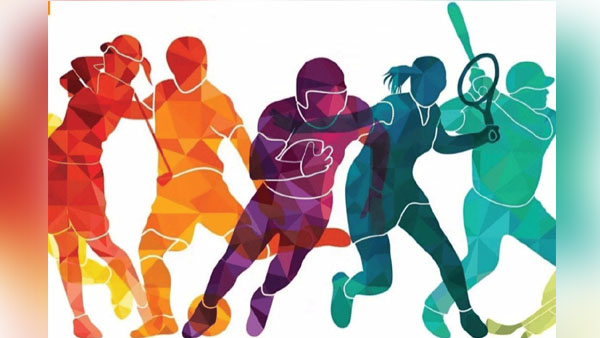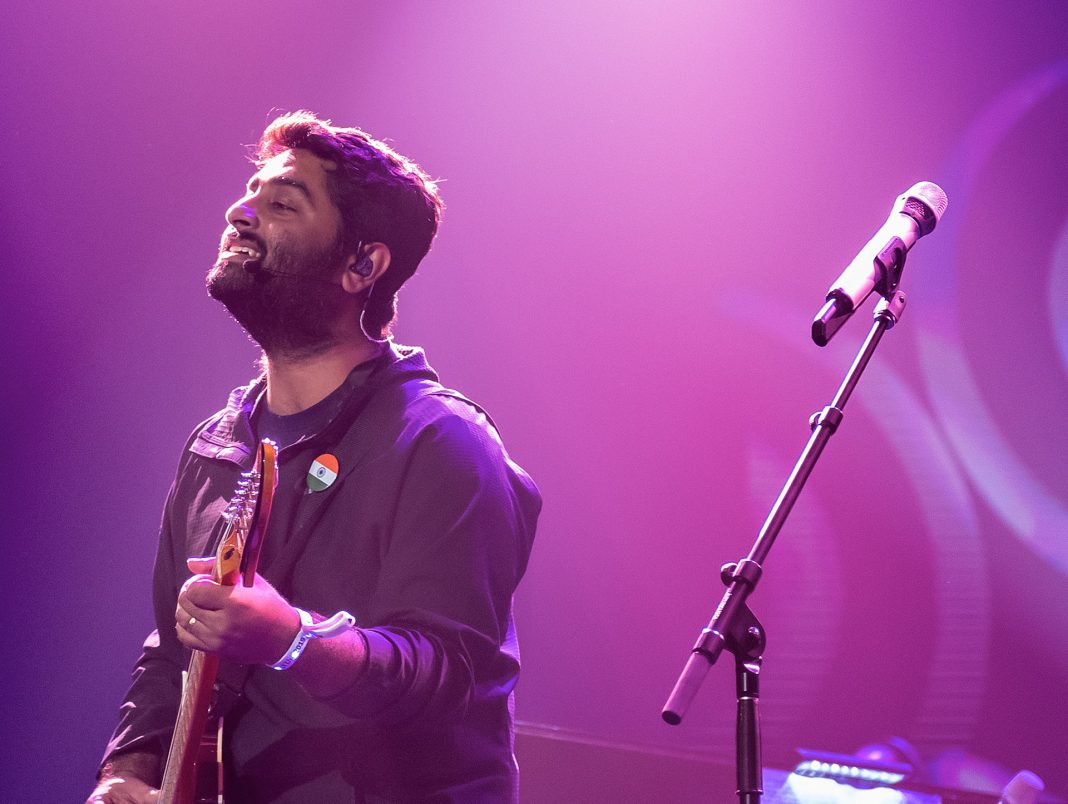By Dipak Kurmi
On a sultry July morning in New Delhi, as the nation prepared to mark another day on the calendar, something quietly momentous took place behind the bureaucratic walls of Shastri Bhawan. There was unusual buoyancy in the air: ministers were snapping selfies with athletes, TV anchors were busy heralding a “game-changer,” and Prime Minister Narendra Modi, with characteristic flair, proclaimed the moment as “a landmark day for India’s sporting future.” The occasion was the Union Cabinet’s formal approval of the National Sports Policy 2025 (Khelo Bharat Niti)—an 88-page blueprint that aspires to revolutionize Indian sports not just for the elite athlete but from the grassroots upward.
It would be tempting to dismiss this as yet another idealistic government announcement. After all, India’s history is not short of grand sporting visions that fell short of their podium ambitions. From Nehru’s early focus on national integration through physical culture, to Indira Gandhi’s infrastructure push post-1982 Asian Games, to Vajpayee’s 2001 policy, and the more recent Khelo India scheme—the ambitions were often noble but undermined by bureaucratic drag, governance lapses, and chronic underfunding. However, NSP 2025 feels like more than just another iteration. This time, it’s not just about medals. It’s about building an ecosystem: a sports economy, a culture of fitness, a pathway for youth, and a new arm of soft power diplomacy.
The vision of NSP 2025 rests on five core pillars: excellence, economy, social inclusion, mass participation, and integration with education. At its heart lies the ambition to transform India into a global sporting powerhouse by 2036, with an eye on hosting the Olympics in the 2040s. This is both a statement of aspiration and geopolitics. Much like China’s strategic sporting ascent in the 2008 Beijing Olympics or Qatar’s calculated hosting of FIFA 2022, India sees sport as a new front of international projection and internal unity.
The policy’s departure from its predecessors lies in structure. Unlike the vague aims of the 2001 policy, which suffered from minimal accountability and frequent turf wars between federations, NSP 2025 introduces a National Sports Board—a regulatory authority tasked with athlete registration, selection transparency, funding oversight, and dispute resolution. It’s the most significant governance overhaul since the 2011 Sports Development Code, and if implemented well, could eliminate many of the systemic roadblocks that have held Indian sport hostage for decades.
At the level of mass participation, the policy seeks to redefine the way India perceives sports. Fitness indices for schools, mapping of playfields across municipalities, and integration with the National Education Policy (NEP) 2020 aim to shift physical activity from the periphery of education to its centre. The policy recognizes that medals are the final step in a long ladder of engagement, and unless India builds a playground culture in urban slums and rural India alike, the transformation will remain cosmetic.
Importantly, the policy also addresses the longstanding economic vacuum in Indian sports, where talent has existed in silos but never benefited from structural commercialization. Drawing inspiration from China’s sports-industrial complex and the United States’ NCAA ecosystem, NSP 2025 proposes to turn India into a sports economy hub. This includes pushing sports-tech innovation, supporting start-ups, boosting sports goods manufacturing under Make in India, and even encouraging sports tourism. The government has signalled its intention to integrate sports infrastructure into urban smart city planning, a move that may finally bring modern playfields into the spaces where India’s youth live and grow.
One of the most innovative features of the new policy is its dual-career emphasis, inspired partly by the American collegiate model. In the U.S., athletes are students first, nurtured in a university environment that balances academics with elite training. India’s version, though not as well-funded, attempts to build similar dual-career pipelines through scholarships, embedded sports curricula, and early placement strategies for athletes. The idea is to ensure that sporting dreams are not crushed by economic insecurity or academic irrelevance.
However, what NSP 2025 deliberately avoids regulating is cricket—India’s most powerful, yet anomalous sporting force. Cricket is governed by the BCCI, which operates independently of government oversight and controls a multi-billion dollar industry, thanks in large part to the Indian Premier League (IPL). Recognizing this, the policy instead attempts to replicate the IPL model across other disciplines: kabaddi, football, hockey, athletics, and more. By offering CSR incentives and broadcasting partnerships, the government hopes to build vibrant professional leagues that can generate both revenue and visibility. This is crucial not just for medal count but also for nurturing culturally rooted sports like kho-kho and mallakhamb, which have long lived in the shadow of Western-dominated disciplines.
Yet, all of this ambition risks falling flat unless the ground reality shifts. Infrastructure gaps persist, particularly in tier-2 and tier-3 cities. Talent remains under-supported, with many athletes lacking access to qualified coaches, medical support, nutritional guidance, and safe practice environments. Federation politics continue to mar selections and fund allocations. While NSP 2025 proposes a sweeping clean-up, the success of this policy, like those before it, will be judged by execution, not vision.
That is where Khelo India becomes an important bridge. Launched in 2018, the program laid essential groundwork by identifying and funding promising youth athletes, building training centres, and producing visible results at events like the 2022 Asian Games, where India’s Khelo cohort brought home 42 medals. NSP 2025 does not discard this framework but builds upon it—scaling it up, broadening its scope, and placing it in a policy matrix that includes urban planning, education reform, and economic strategy.
The international component of the policy is also a significant evolution. For the first time, India will use its diplomatic missions to organize sporting events among the diaspora. This form of sports diplomacy not only boosts morale abroad but strengthens India’s global cultural footprint. Much like China’s Confucius Institutes or France’s Alliances Françaises, sport could become India’s newest tool for soft power—one that doesn’t require language or translation, only shared aspiration.
Prime Minister Modi’s political capital may offer this policy the momentum previous plans lacked. His government has already demonstrated that sustained central push can move even traditionally rigid institutions. However, the decentralization of sports governance—split between central, state, and autonomous bodies—means success will rely on cooperation across multiple stakeholders, including private entities, educational institutions, and civil society organizations.
India’s Olympic dreams are no longer a fantasy. They are a calculated mission. With the 2036 Games as a not-so-subtle target, and a roadmap that spans from the schoolyard to the stadium, NSP 2025 is both a leap of faith and a blueprint of discipline. Its implementation will determine whether India can finally translate its demographic advantage and deep cultural engagement with sport into global excellence.
In the end, this is not just about sport. It is about identity, ambition, and the kind of country India wants to be. For a nation often divided by language, caste, and creed, sport has always offered a unique unifying thread. If executed with integrity, India’s National Sports Policy 2025 could be more than a document. It could be a defining chapter in the making of New India.
(the writer can be reached at dipakkurmiglpltd@gmail.com)




